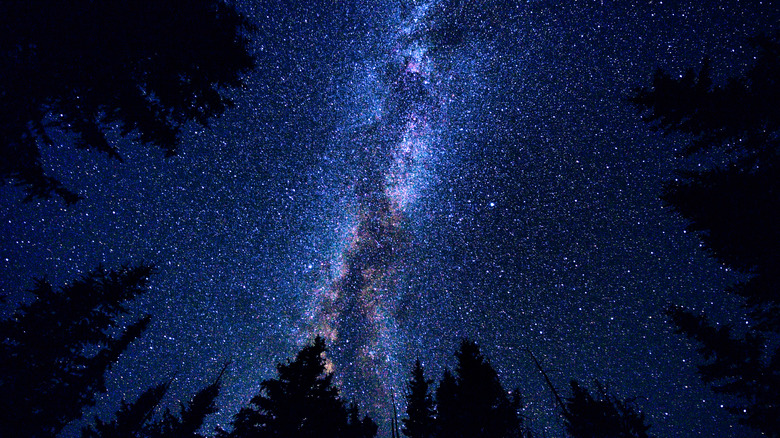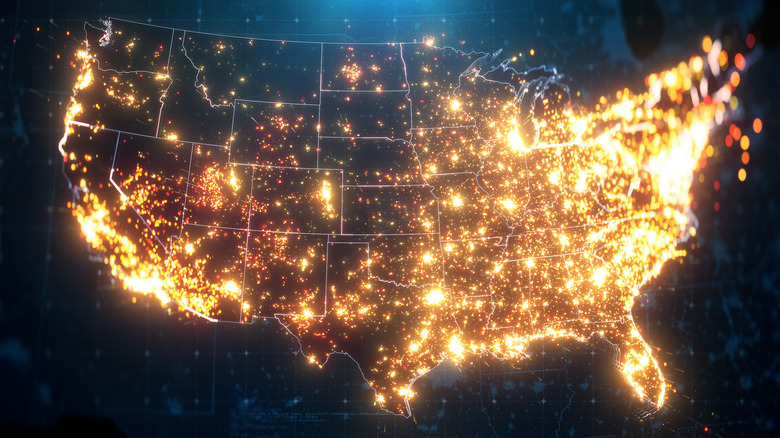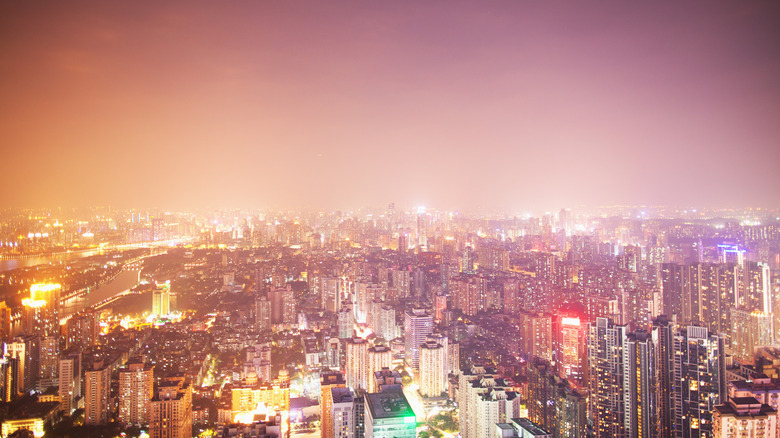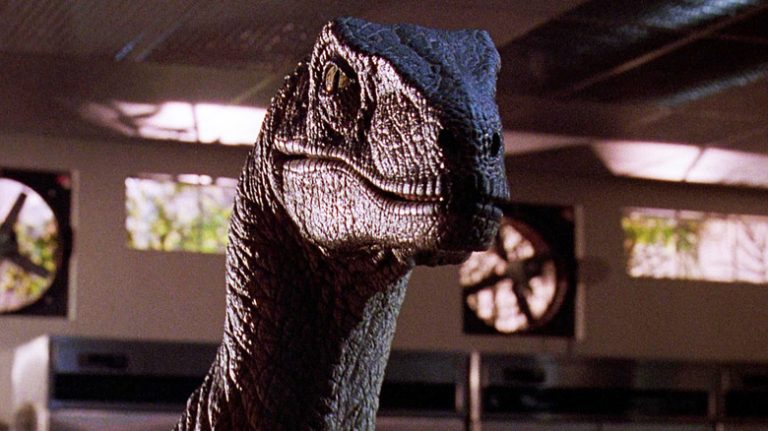
Gazing up at the night sky to witness the hazy arc of the Milky Way is one of the most quietly profound experiences an individual can have. That arc is actually a side view of the galactic disk, densely packed with stars, making it difficult to determine the exact number of solar systems the Milky Way contains. Observing this shimmering band serves as a reminder of the rarity of life in the vastness of the galaxy. However, currently, about a third of the human population is unable to witness this inspiring sight.
The reason so many people can’t see the Milky Way is not about the stars themselves or Earth’s position in the galaxy. The visible portion of the Milky Way changes based on location and time of year, but some part should always be visible. Unfortunately, humans have created an issue that now prevents a significant portion of the population from seeing their cosmic surroundings: light pollution.
Every streetlight, neon sign, and light in building windows collectively illuminates vast stretches of the sky, and all this light obscures the distant twinkling lights from the cosmos. As urban areas expand, the problem worsens, and in some parts of the world, there’s little to no chance of ever seeing the Milky Way.
How bad is light pollution around the world?

There are three main types of light pollution. Glare refers to the effect of unshielded lights, meaning light fixtures without any overhead cover to direct their luminance downward. Bare bulbs allow light to scatter further, reducing our ability to see clearly by diminishing the contrast between objects. Light trespass is another form of light pollution, similar to a stray bullet of glare, referring to light reaching unintended places, like stadium lights leaking through nearby residents’ windows. Lastly, there is skyglow, the accumulation of light that rises into the sky, blocking views of the stars.
A 2016 study published in Science Advances mapped skyglow globally and found that 80% of the human population is affected by light pollution, with a third unable to see the Milky Way due to its severity. The issue is most pronounced in urban areas, and the Light Pollution Map indicates it’s particularly severe in the United States, Europe, India, and East Asia. The 2016 study revealed that half of the U.S. land area and nearly 90% of Europe’s land area suffer from light pollution. However, with populations concentrated in cities, this equates to 99% of Americans and Europeans having little chance to see the stars.
The impacts of light pollution

Light pollution often gets overlooked in climate change discussions. While greenhouse gas emissions and landfill waste are crucial issues, acknowledging light as a pollutant is also essential, as it combines with other pollutants to amplify its effects. Greenhouse gas particles in the air scatter light, and clouds reflect it, increasing the brightness level of skyglow by up to 1000 times.
Light pollution impacts the environment by disrupting day and night cycles. Animals depend on these cycles for eating and sleeping, and their sense of time is disturbed when the night sky remains lit. Some populations become more visible to predators, especially insects attracted to light. Additionally, light and darkness affect plant growth, disrupting nature’s balance.
Humans are also affected. Our circadian rhythms are disrupted by light pollution, preventing many from getting the necessary sleep for good health. As for stargazing, light pollution hinders scientific progress. Not only is the general population unable to see the Milky Way, but astronomers have fewer places to study the galactic disk. This could diminish the next generation of scientists, as many children miss out on the inspiring awe of the magical milky arc.
“`






